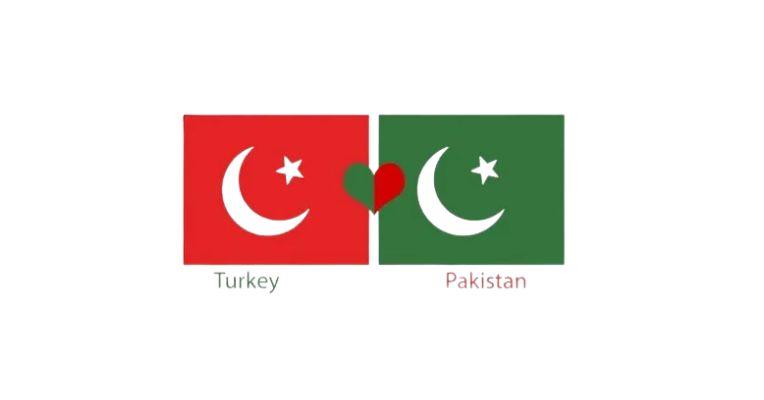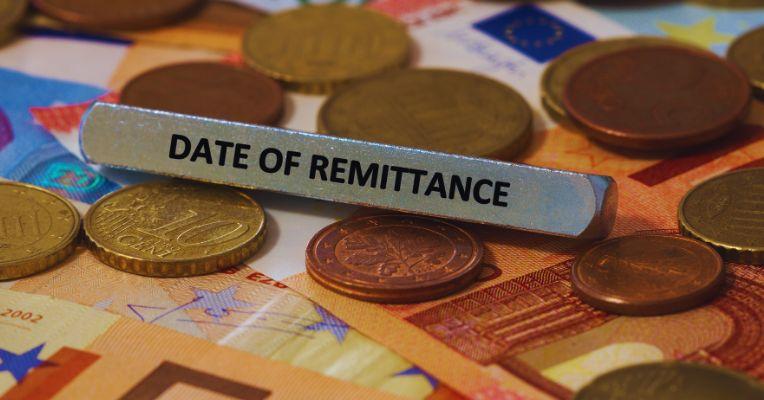The World Bank recently pointed out a major flaw in Pakistan’s Uraan Pakistan plan. The report highlighted that the plan lacks clear sectoral strategies to address the country’s economic challenges. This is a critical concern, as detailed sectoral plans are essential for sustainable economic growth.
Missing Sectoral Strategies
The World Bank emphasized that while the government’s 5E Framework covers broad areas like exports, economic growth, education, and energy, there are no specific strategies for key sectors. Without clear plans in these areas, achieving the targets of the 5E Framework becomes challenging.
| Area | Focus | Missing Elements |
|---|---|---|
| Exports | Increase in trade and exports | Lack of sector-specific plans |
| Economic Growth | National economic growth | No clear sectoral strategies |
| Education | Improvement in education | Unclear actionable reforms |
| Energy | Reforms in energy sector | Absence of sectoral targets |
Government Response
Planning Minister Ahsan Iqbal rejected the World Bank’s concerns, insisting that the 5E Framework already includes sectoral targets. The government has also merged this framework with a home-grown economic plan. However, critics remain skeptical about the clarity and effectiveness of these strategies.
| Government’s View | Details |
|---|---|
| Framework Integration | 5E Framework combined with home-grown plan |
| Expert Involvement | Consultants were hired to review the plans |
| Monitoring of Progress | Plan implementation to be tracked quarterly |
Typographical Error in Economic Target
One of the major flaws identified in the Uraan Pakistan plan was a typographical error. The document initially stated that Pakistan’s economy would reach $1 billion by 2035, when the correct target is $1 trillion. This mistake was overlooked, even after a quality check by consulting firm Kearney.
| Mistake | Error in Document | Correct Figure |
|---|---|---|
| Economic Target | $1 billion instead of $1 trillion | Target: $1 trillion |
Need for Coordinated Reforms
The World Bank stressed that Pakistan’s economic challenges cannot be fixed without coordinated reforms. Short-term issues, political changes, and inconsistent policies have repeatedly undermined long-term development. A consistent and well-coordinated approach is needed for Pakistan’s economic recovery.
| Challenges | Key Issues |
|---|---|
| Short-Term Problems | Government changes and macroeconomic issues |
| Long-Term Strategy | Lack of consistent reforms and policies |
Demographic and Labor Market Issues
Pakistan’s fast-growing population presents a significant challenge. The World Bank noted that while the labor force is expanding, many workers are employed in low-productivity jobs. This is especially true for women, and the country also faces poor human development indicators like high child stunting rates.
| Demographic Issue | Key Facts |
|---|---|
| Fertility Rate | 3.4 births per woman (highest in South Asia) |
| Informal Employment | Majority of the workforce in low-productivity jobs |
| Human Development Issues | High child stunting and infant mortality rates |
Slow Economic Growth
Pakistan’s economic growth has been sluggish compared to regional averages. The World Bank pointed out that the country’s per capita GDP growth of 2.2% from 2000 to 2023 is below the South Asian average. This slow growth is driven by consumption-based expansion, which leads to fiscal imbalances and debt.
| Economic Growth Issue | Key Statistics |
|---|---|
| Per Capita GDP Growth | 2.2% annual growth from 2000 to 2023 |
| Consumption-Driven Growth | Contributes to fiscal imbalances and debt |
| Trade Deficit | Persistent imbalance between imports and exports |
Call for Long-Term Reforms
The World Bank called for long-term structural reforms to ensure sustainable growth. Without these reforms, Pakistan risks continued economic instability and foreign exchange crises due to persistent trade deficits.
| Recommendation | Required Action |
|---|---|
| Structural Reforms | Focus on productivity, fiscal policies, and trade balance |
| Long-Term Strategy | Create clear sectoral plans and monitor progress |





